Meet BU’s Six CAREER Award Recipients
These BU researchers will use their National Science Foundation funding to develop new methods and solutions in their fields of study

Boston University researchers recently received CAREER awards, granted from the National Science Foundation, with one of the six winners investigating space weather in order to safeguard satellites and other orbiting technologies making their way around the Earth. Illustration by koya79/iStock.
Over the last 12 months, a number of Boston University researchers have received Faculty Early Career Development Program (CAREER) awards from the National Science Foundation (NSF), a respected program that recognizes exceptional early-career scientists. From space weather to infrared lasers to sewn-on solar cells, these BU researchers are pioneering in their fields with their creativity, curiosity, and innovation. The Brink caught up with each of the CAREER winners to see what they are working on with the NSF support.
Sahar Sharifzadeh
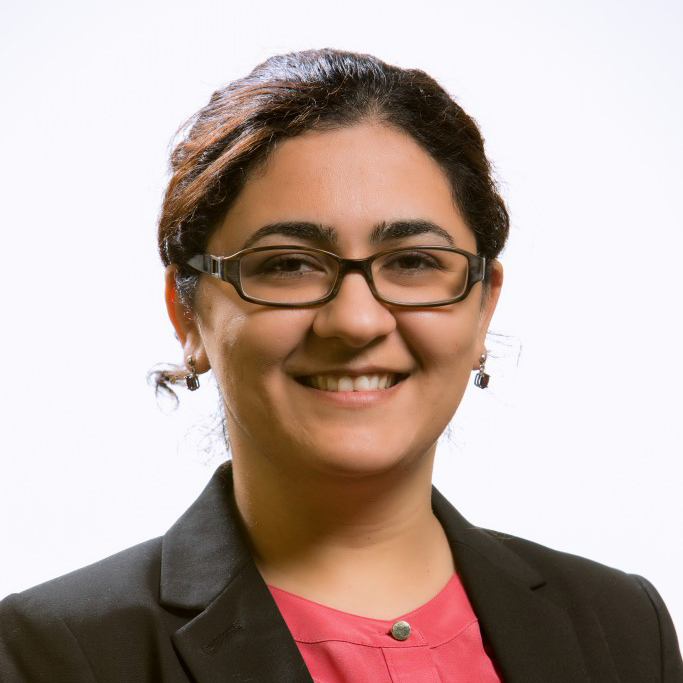
Sahar Sharifzadeh is working to understand the intricacies of how electrons interact with sunlight, the very basis of how solar energy works. A College of Engineering assistant professor of electrical and computer engineering, she has the ambitious and ever-so-timely goal of improving materials that can revolutionize solar panels—something she plans to accomplish with the help of the CAREER award given to her this past year.
“We are interested in strong, light-absorbing molecules that form ordered crystalline materials with mechanical flexibility that can be used to create inexpensive solar cells,” explains Sharifzadeh. Her organic solar energy conversion materials, unlike the current state-of-the-art ones, are flexible, colorful, and could actually be painted on windows to power buildings or sewn into fabric to power our phones.
There is still a need to understand how to improve such technologies, Sharifzadeh says, and more work has to be done to compete with current rooftop solar materials. While the end goal for the project is to study solar energy conversion, “we are essentially probing fundamental physical properties of these materials to understand important processes. Like, how efficiently is light absorbed by electrons in the material? How do electrons interact with atoms to transfer this energy? These questions will be answered by computational modeling of these processes.”
She became interested in this area of research as a postdoctoral fellow at the Lawrence Berkeley National Laboratory in California and has continued to pursue these questions for several years now, and since she joined the BU faculty in 2014.
Michelle Sander
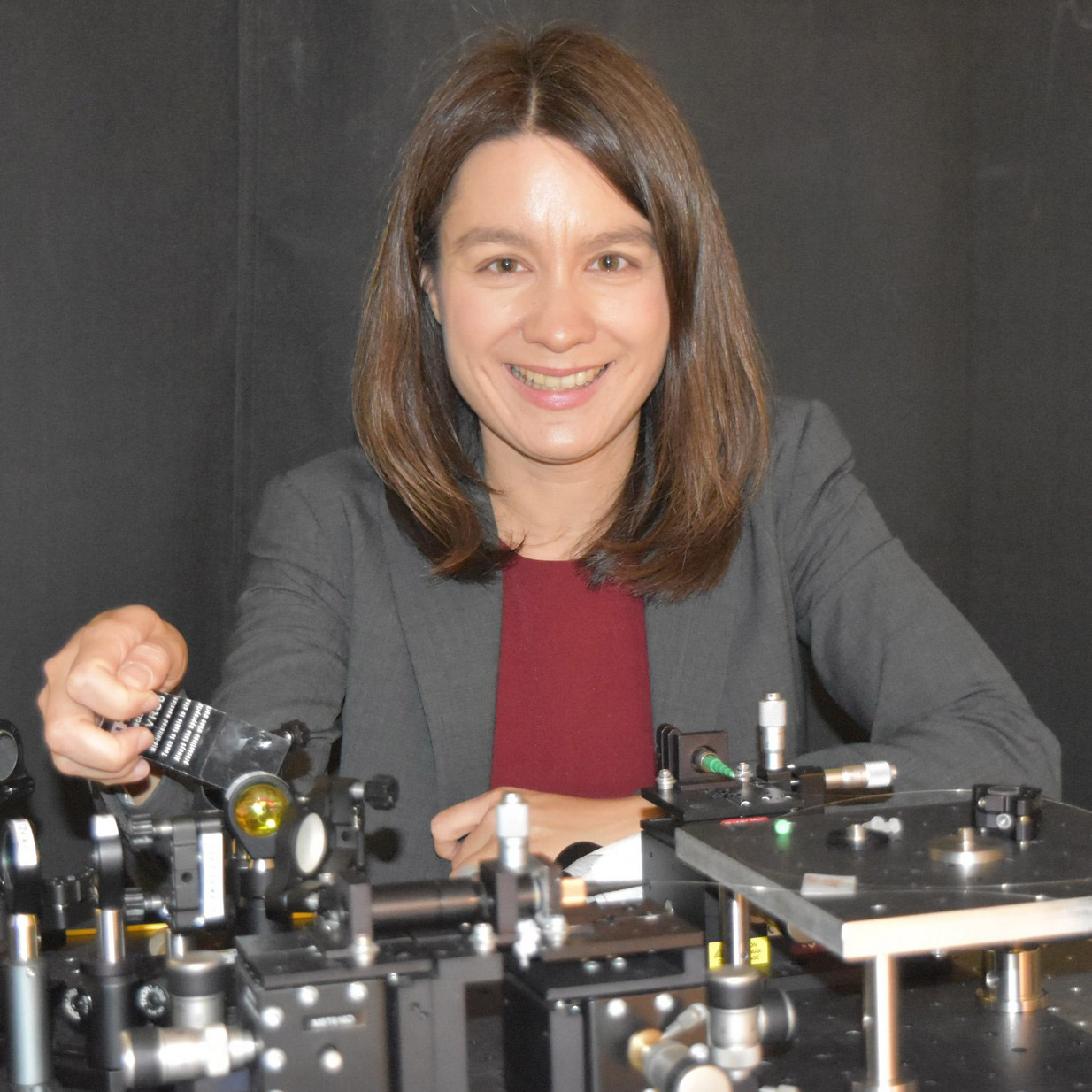
“I have always been fascinated by how light interacts with various materials,” says Michelle Sander, an ENG assistant professor of electrical and computer engineering. “I enjoy exploring new research directions, and currently we are developing novel instrumentation and studying fundamental photothermal concepts to apply to biomedical research, and to address materials science questions.” Sander is planning to design an infrared microscope to explore a new, noninvasive way to sample malignant brain cells in order to advance cancer studies, diagnosis, and possible drug treatments.
She joined BU in 2013, and has started her own research lab while teaching various classes in engineering. Her idea behind the infrared photothermal microscope is to get a glimpse into the molecular composition of a cancerous brain tissue sample, without the need for extensive or intrusive sample preparation, such as staining or labeling. The technique will be applied to determine brain tumor growth to figure out where malignant tissue is located and where healthy tissue remains.
“Research means, for me, to continuously push the boundaries of our knowledge so that we can develop novel ways to address scientific and societal challenges that can lead to innovative technology,” says Sander. “It’s exciting to discuss and interpret new findings and ongoing projects, and I am looking forward to discovering how our designed technology can lead to new scientific insights with translational potential for analysis and diagnosis.”
Brian Walsh

Imagine trying to predict the weather—but in space. It’s just like monitoring weather patterns on Earth—looking to see if a hurricane or a blizzard is barreling toward us—except space is a place where the weather is far more intense, unpredictable, and unfamiliar. Brian Walsh, an ENG assistant professor of mechanical engineering, is developing new technologies that can better predict space weather in order to safeguard NASA missions.
“Sometime in middle school I decided the modern-day analog to the excitement of exploring the seas on large ships in the 1500s would be exploring the universe on spacecraft,” says Walsh. And as space-based infrastructure grows, astronomers will need to better monitor the space environment to protect the Earth’s orbiting technologies, like the International Space Station.
With his award funding, Walsh will be studying Earth’s magnetic field to better understand how to predict potentially harmful weather patterns to keep space missions sailing smoothly. Our magnetic field protects us—and the spacecraft orbiting around the planet—from intense solar storms, Walsh says, but some storms are strong enough to “crack” the magnetic field, a phenomenon called “magnetic reconnection.” This causes magnetic energy from the sun to enter Earth’s space environment, thus fueling large storms. Walsh is seeking to understand how these cracks form in the first place, how they are restored, and how long it takes for the magnetic cracks to grow in size. Understanding magnetic reconnection is key to predicting how destructive or harmful a crack might be for spacecraft.
Before moving to Boston, Walsh spent several years at NASA Goddard Space Flight Center in Maryland as a research scientist. He is involved in studying measurements from small satellite constellations, including from BU’s small constellation named ANDESITE, which will launch into orbit in the near future.
Lei Tian
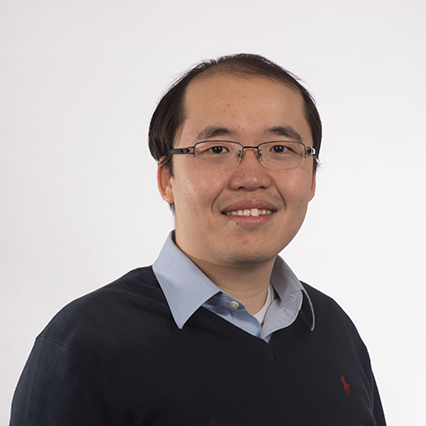
Lei Tian, an ENG assistant professor of electrical and computer engineering, is developing a new class of “computational microscopy,” a technique that will allow scientists to image 3-D biological samples without using dyes or fluorescent tags, which can alter or damage samples.
Using a method known as tomography—a concept that has been applied to many different research areas, like medical imaging and life sciences, or for peeking deep inside the Earth—Tian is creating a new, more powerful technique that could enable scientific and biomedical discoveries by providing better means to study biological samples and phenomena that otherwise would not be accessible. Tian says this technique would be most applicable to the biomedical field, but would also have overlapping uses in areas such as histology, cytometry, brain mapping, and drug discovery.
Tian, who has been working on different types of tomography since starting his PhD at MIT in 2008, and since he joined BU in 2016, is also a passionate teacher. “This opportunity of teaching the next-generation engineers and researchers to help them make the bridge between foundation to application is my favorite part,” he says.
Wen Li
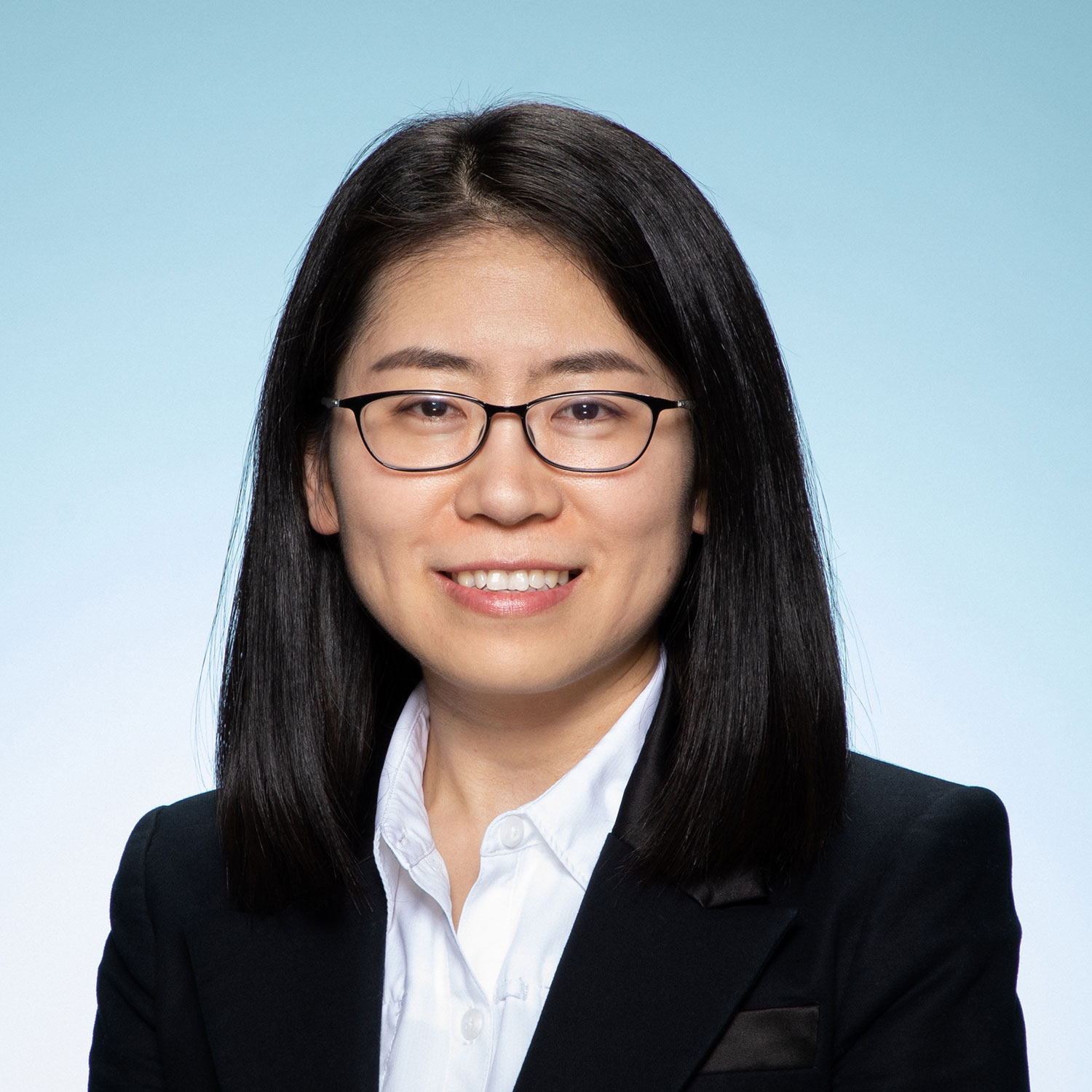
Wen Li has been curious about space since she was a child gazing up at the starry sky. “I thought we could never reach there at that time. One day I saw on TV that people were sending man-made satellites into space and I was so amazed that people were able to make interesting observations using satellites,” says Li, a College of Arts & Sciences assistant professor of astronomy. “That’s when I started to be curious about what satellites can tell us about the vastness of space,” she says. She has been studying space phenomena ever since.
Li has greatly contributed to the field by researching “killer electrons” in Earth’s radiation belts—these are highly energetic electrons that can potentially damage satellites’ critical electronics due to their high radiation. With her award, she will be digging deeper into space to study a mysterious plasma wave, called “whistler mode waves in plasmaspheric plumes.” The goal is to quantify the effects these waves have on the radiation belt’s electron dynamics, since they are potentially responsible for scattering the killer electrons into the dense upper atmosphere of Earth, “where the electrons are ultimately lost,” Li explains. “By understanding how whistler mode waves work, we’ll be able to understand when, where, and how killer electrons become less harmful.”
Depending on the types of waves, understanding them in general could be important for national security and commercial interests, which is one of the many reasons Li proposed to study them further. In the classes that she teaches at BU, one of her main goals is to not only stimulate students’ interest in the subject, but to actively engage students from diverse backgrounds in the field of astronomy.
Ting Zhang
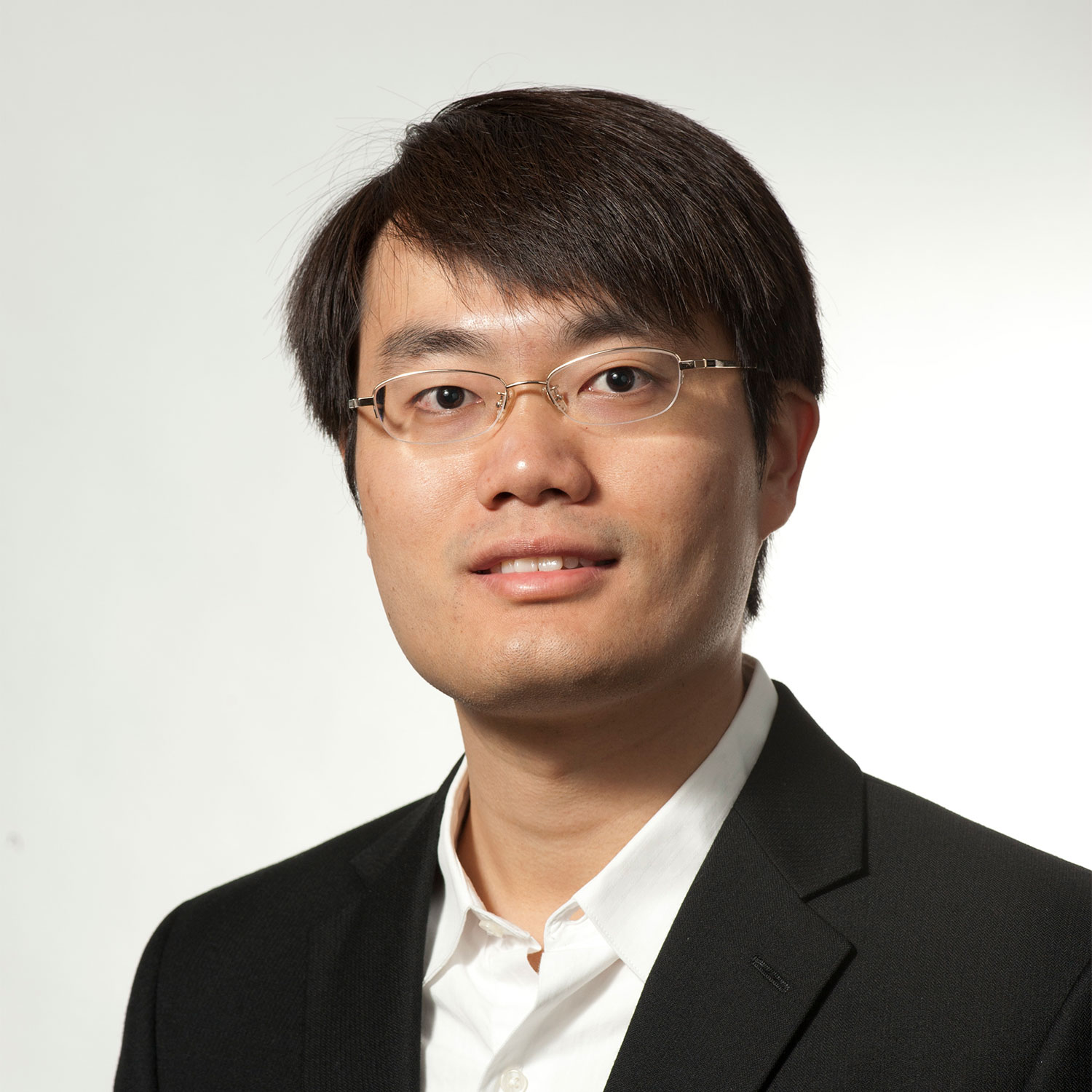
Will a big rainfall be followed by another big rainfall, or a big earthquake by another? Will a big stock price drop today be followed by another big drop tomorrow? That is what Ting Zhang, a CAS assistant professor of statistics, is working to understand from a data science perspective.
Zhang is developing a new, and fundamental, statistical framework for studying the phenomenon of serial tail dependence, which is a statistical framework for understanding and modeling high risk. “We are mainly interested in knowing if a big price drop today will be followed by more big drops in the following days. This is frequently observed during a financial crisis, and as a result, understanding tail dependence can be critical in modeling extreme risks,” explains Zhang. The framework he’s designing will be influential to various other fields as well, like climate science. “I believe they can be applied to many other problems from various disciplines, and I look forward to finding answers to these interesting questions and collaborating with researchers from these different areas,” Zhang says.
In his five years of teaching at BU, Zhang finds the most challenging part—and the absolute most rewarding part—to be mentoring students from practitioners into creators. “Students may have the impression that a major task is to know how to use the formula, but I try to emphasize the importance of knowing when the formula is valid and guide them through the derivation of the formula, so they will be able to follow similar steps to create their own formula in the future for a slightly different setting in practice.”
Author, Jessica Colarossi is a science writer for The Brink. She graduated with a BS in journalism from Emerson College in 2016, with focuses on environmental studies and publishing. While a student, she interned at ThinkProgress in Washington, D.C., where she wrote over 30 stories, most of them relating to climate change, coral reefs, and women’s health. View her profile